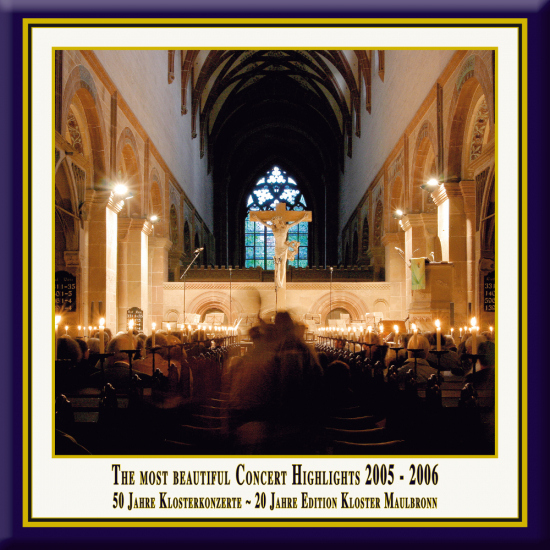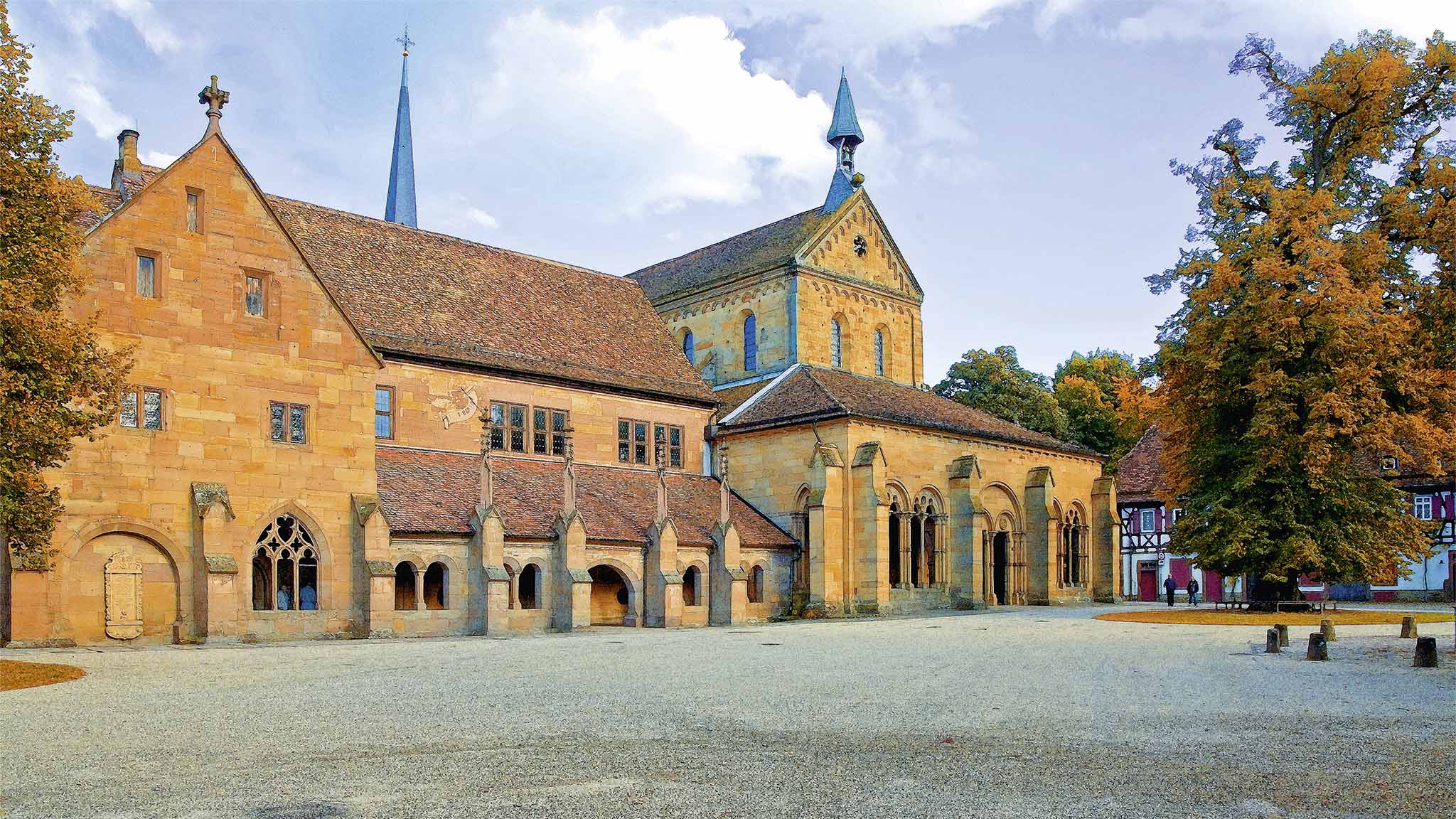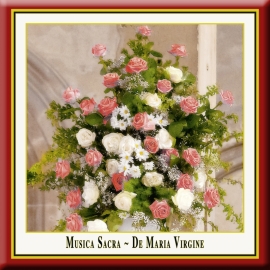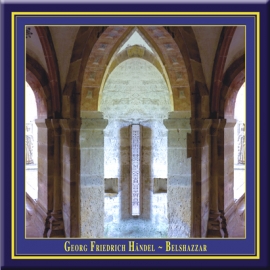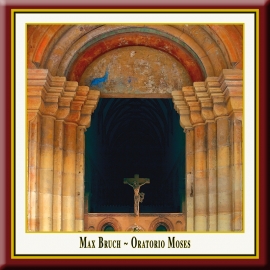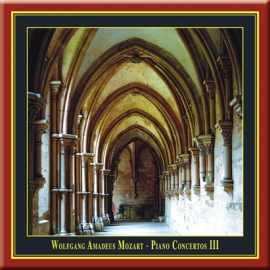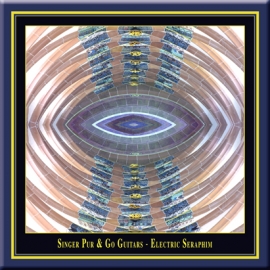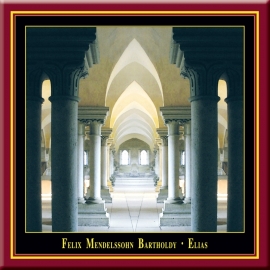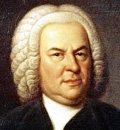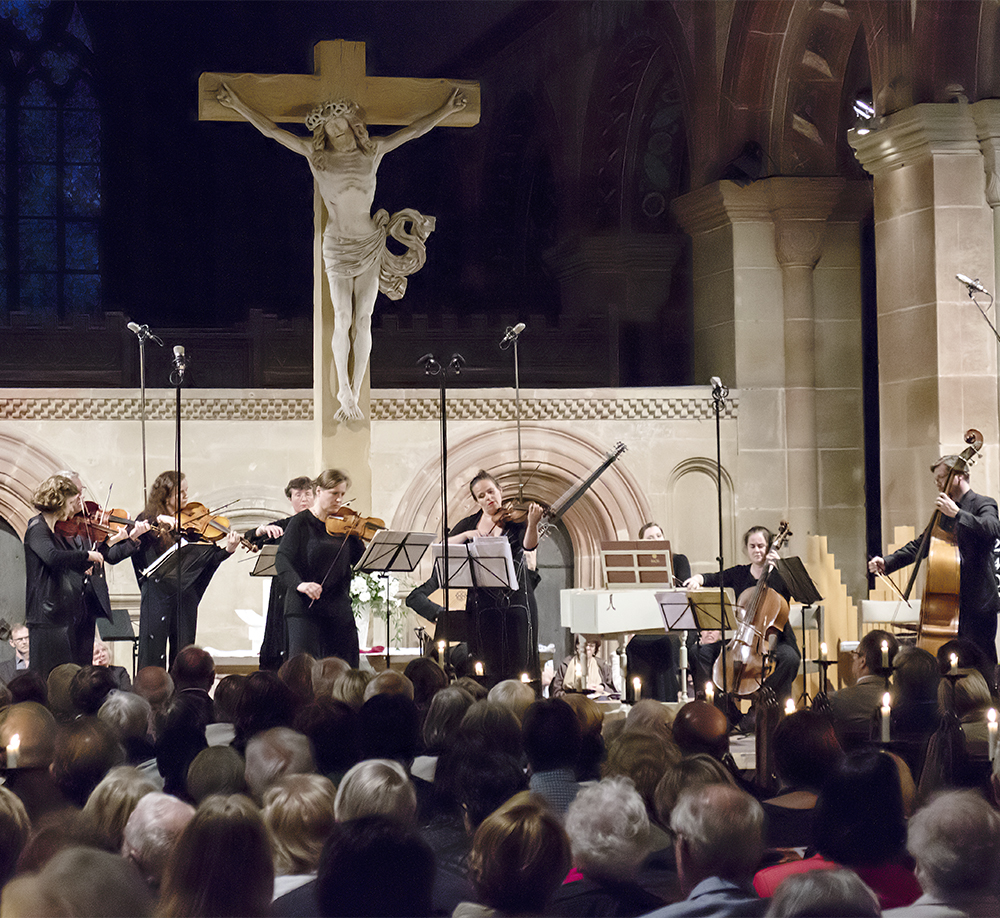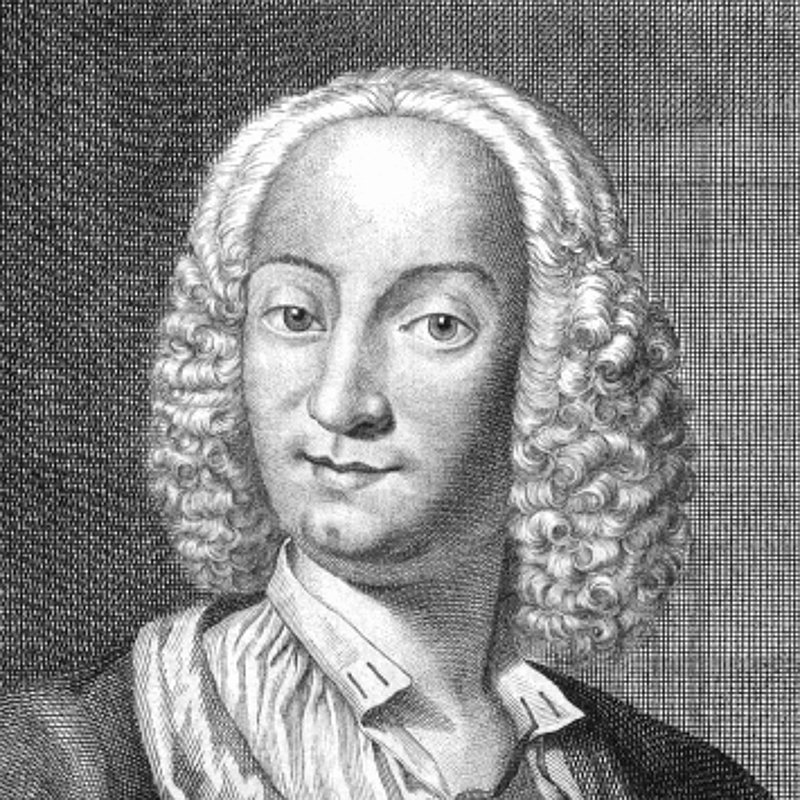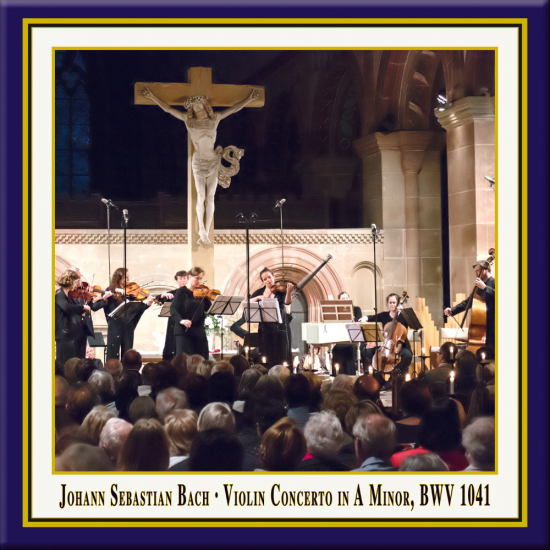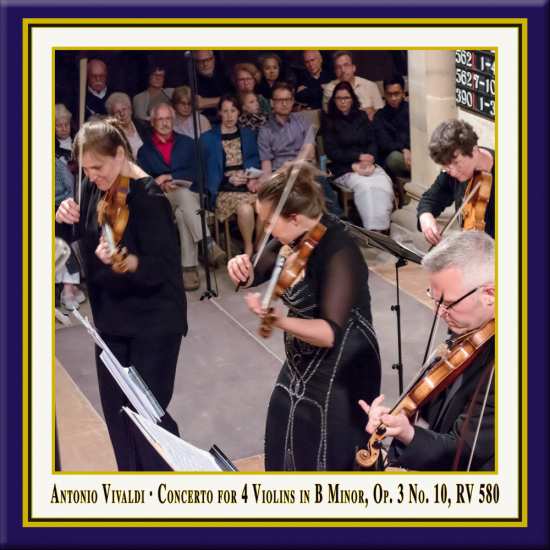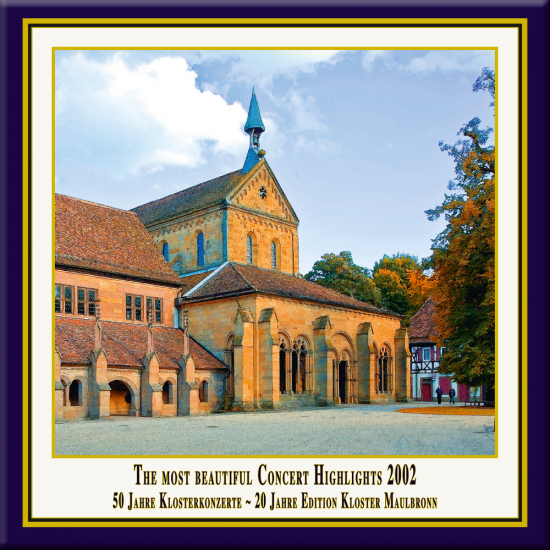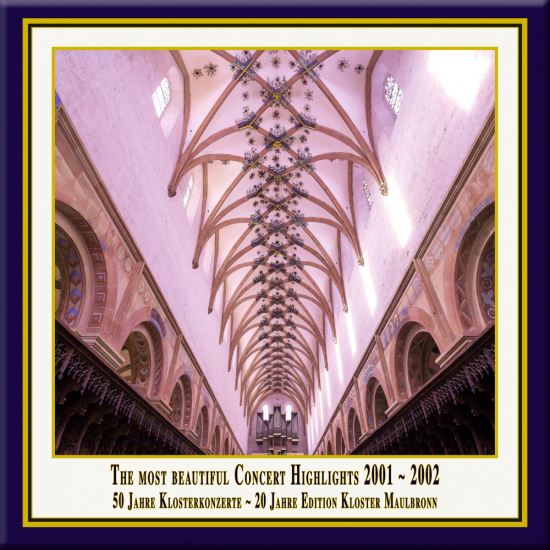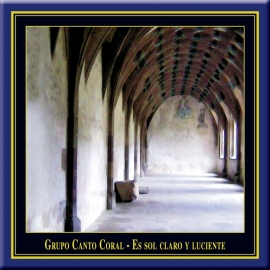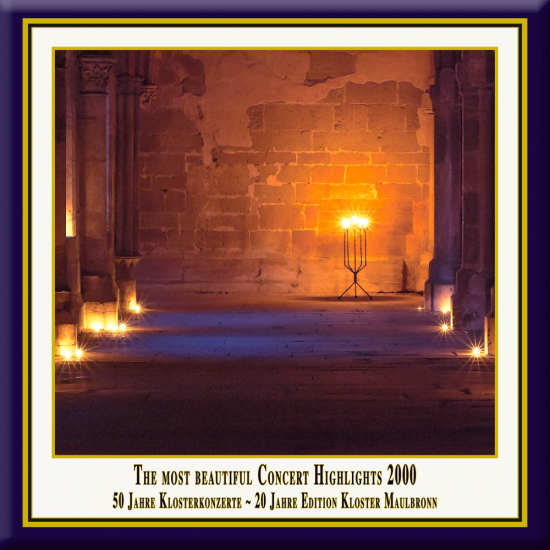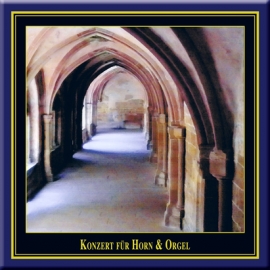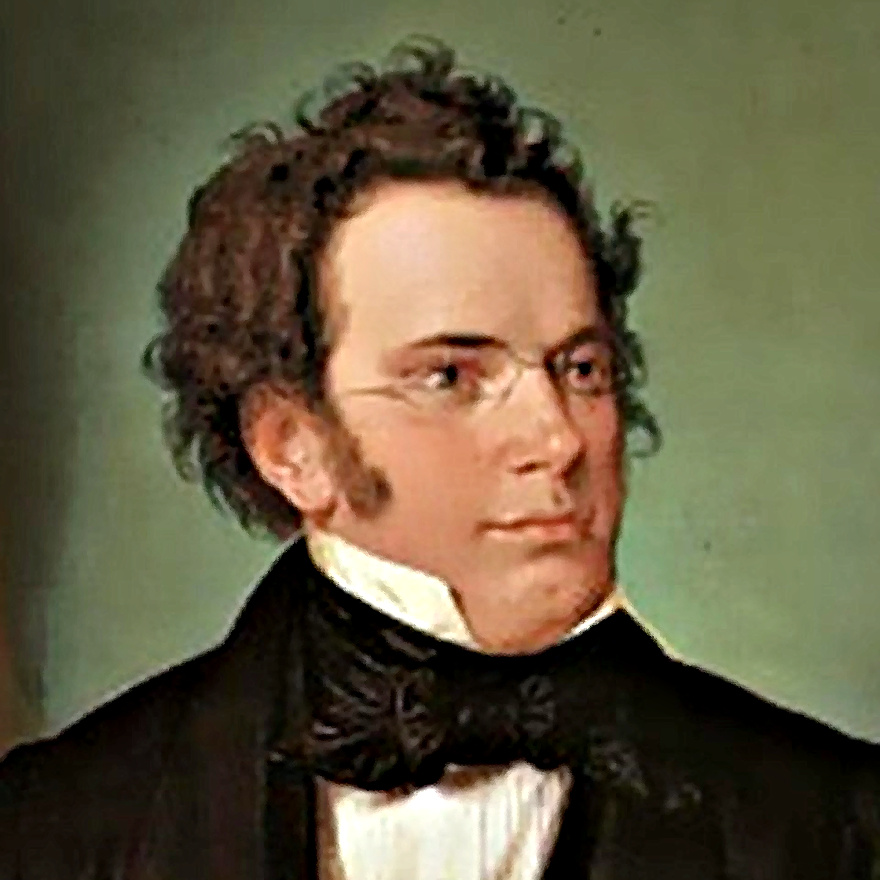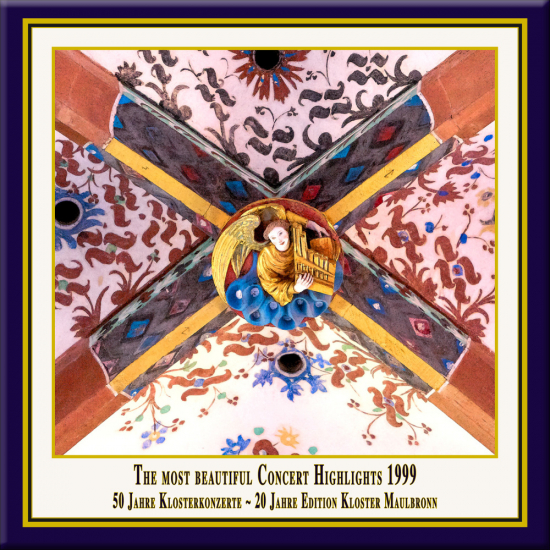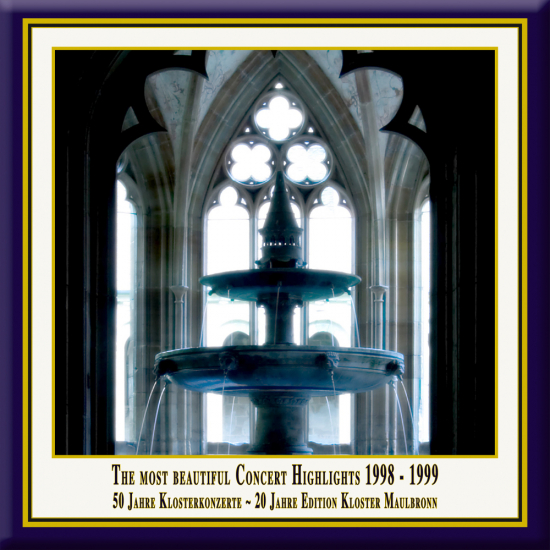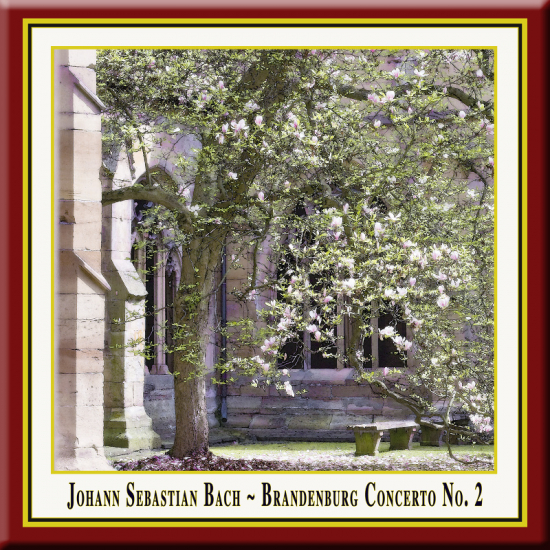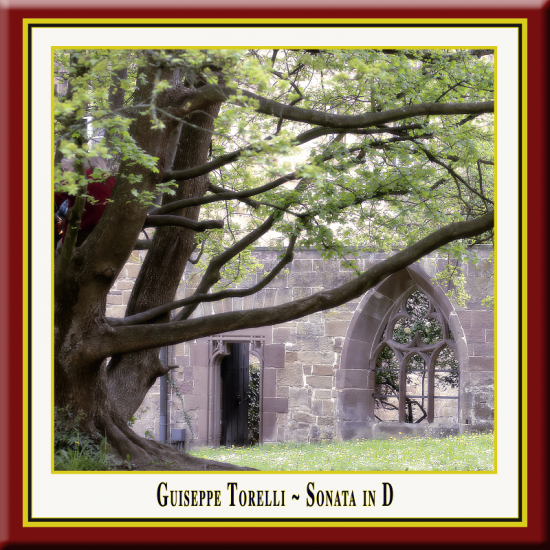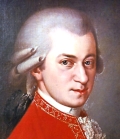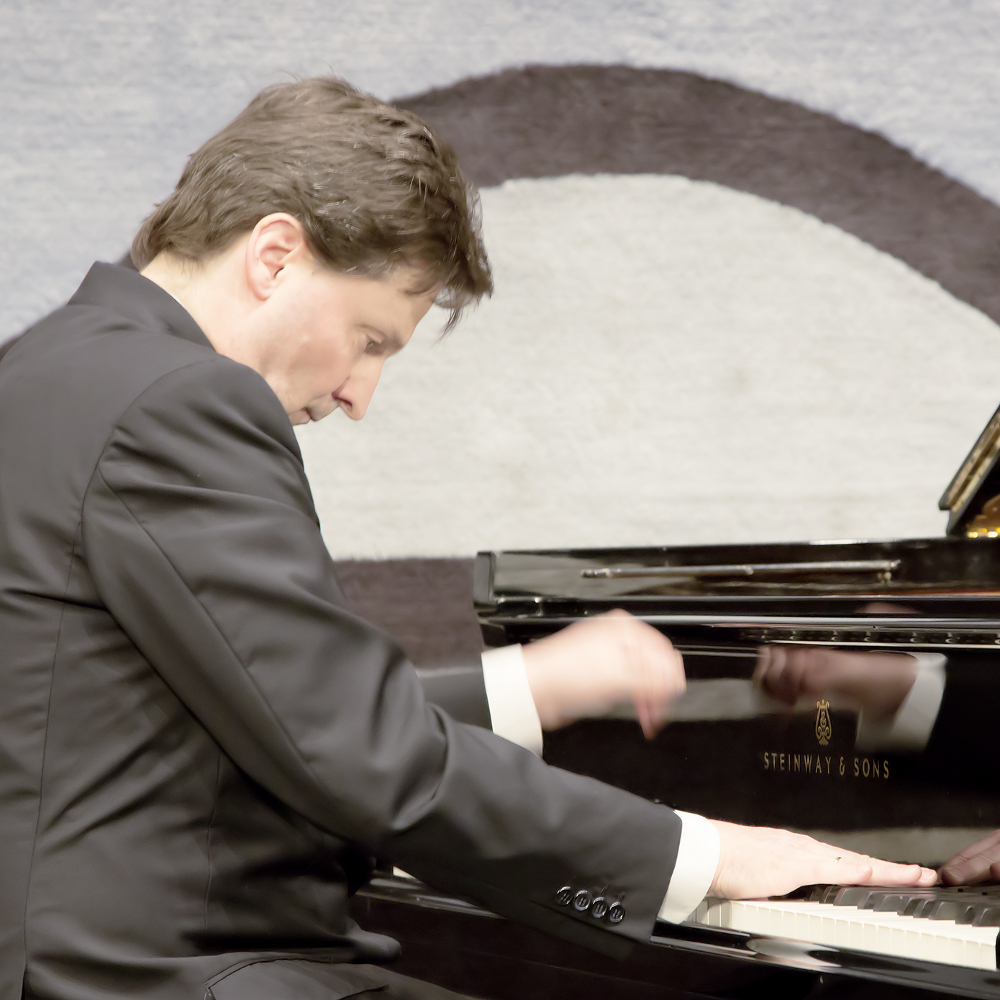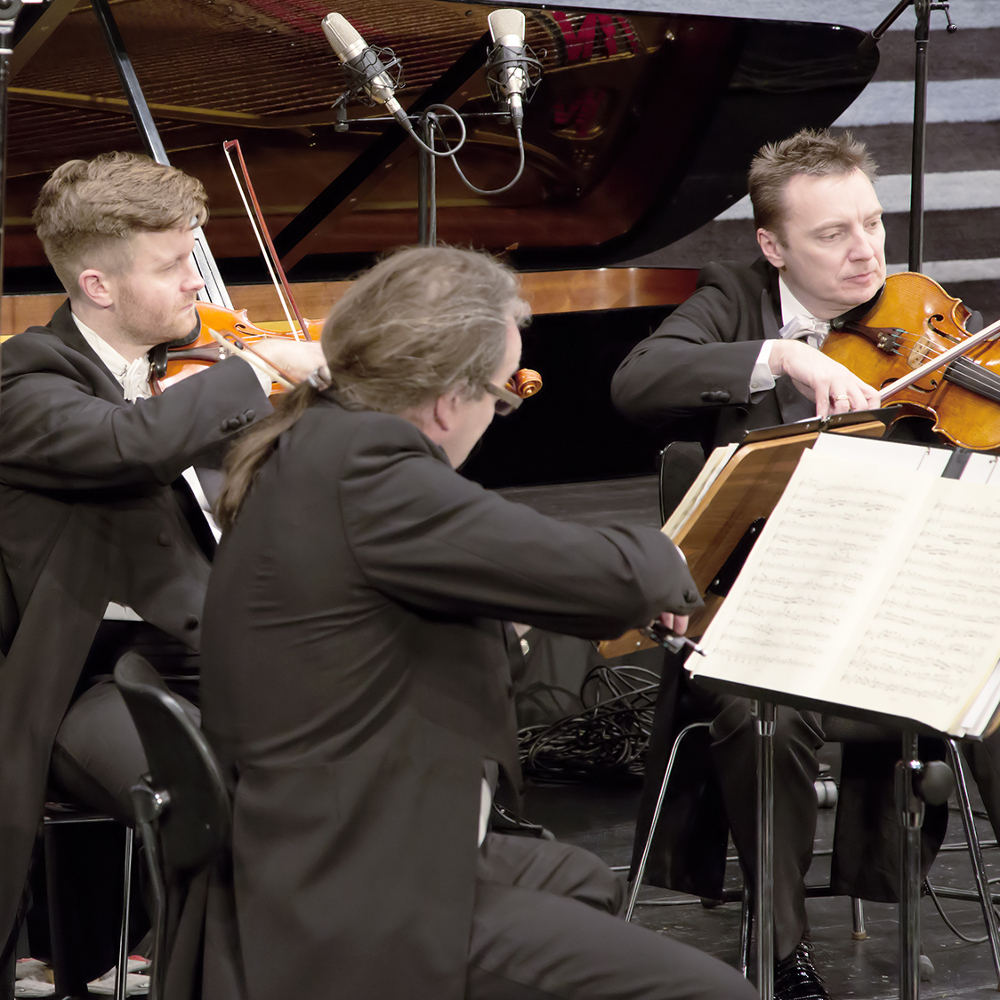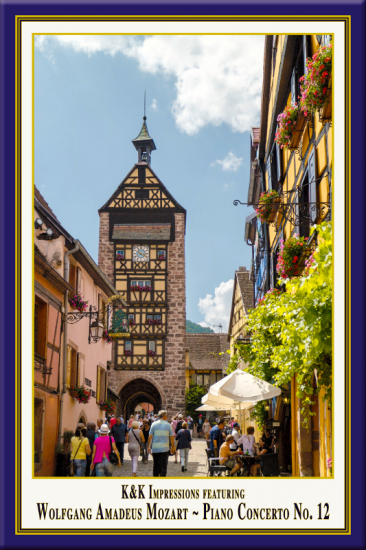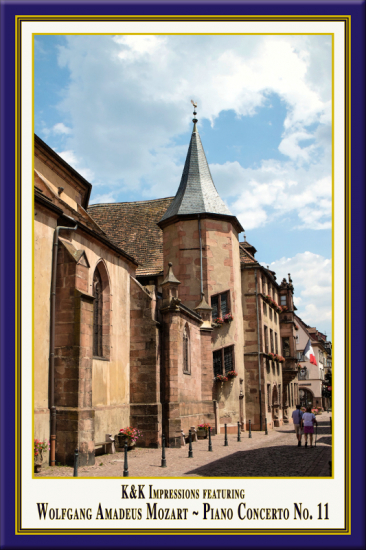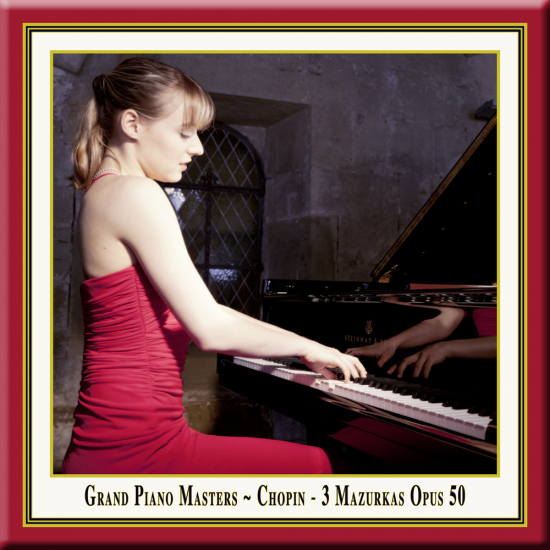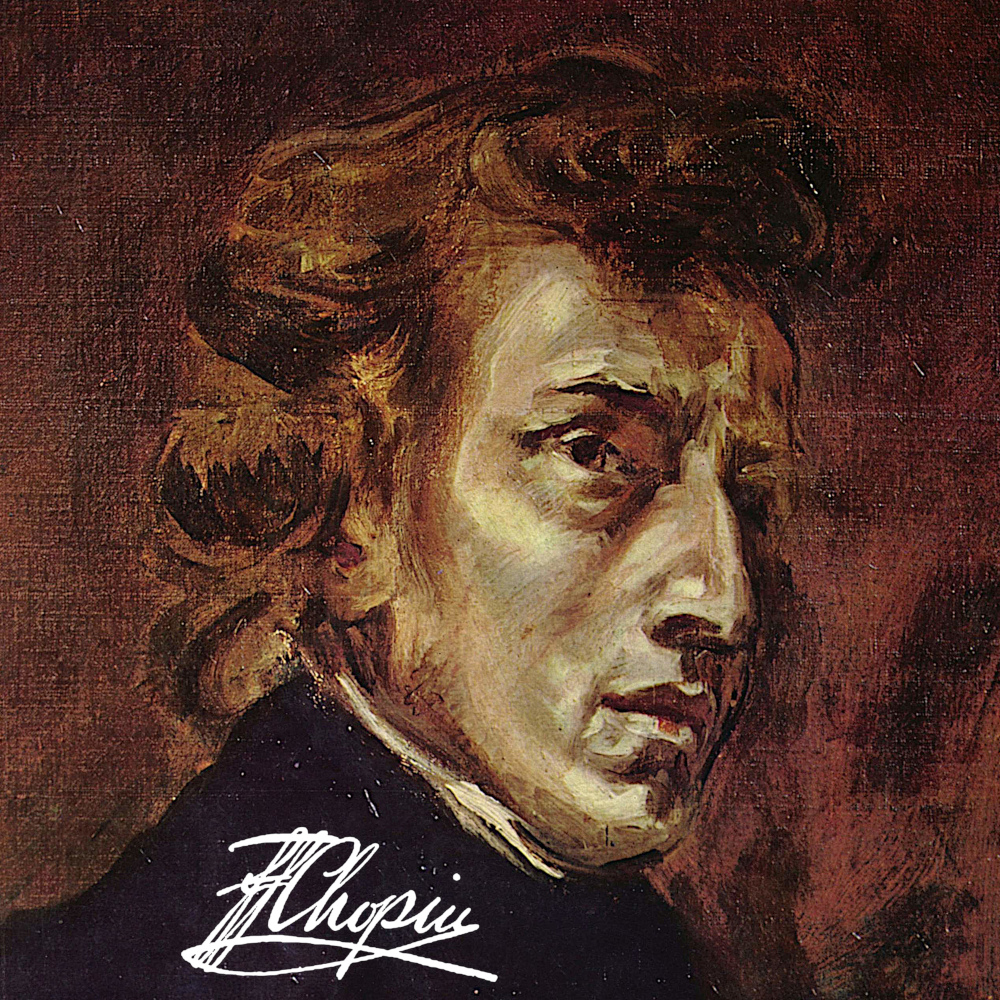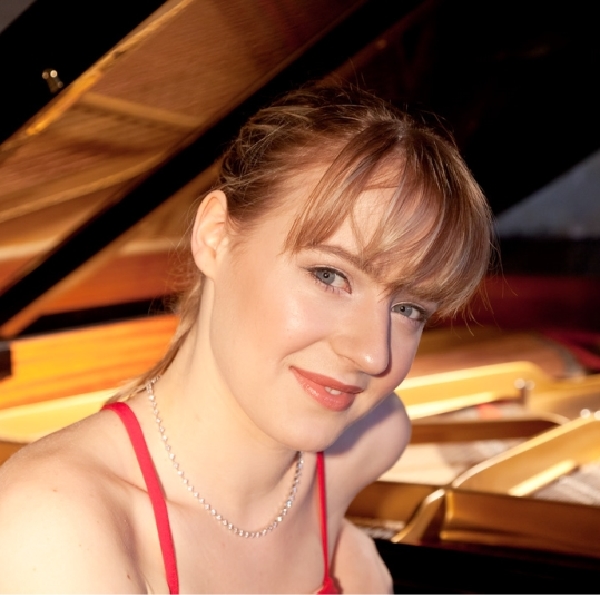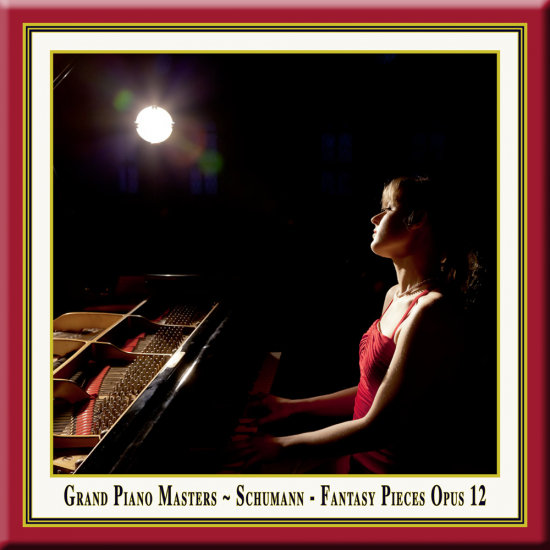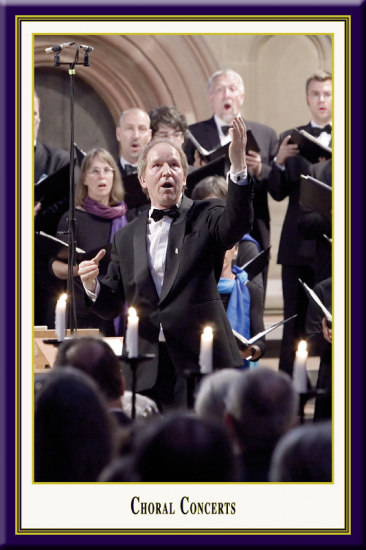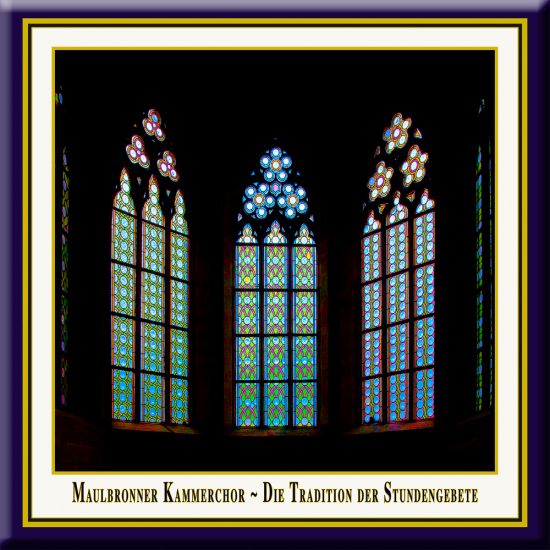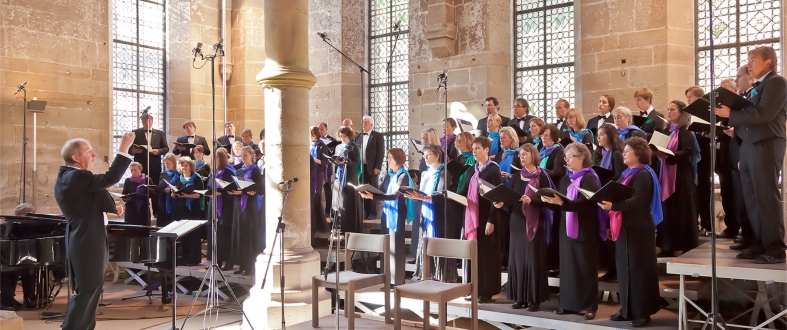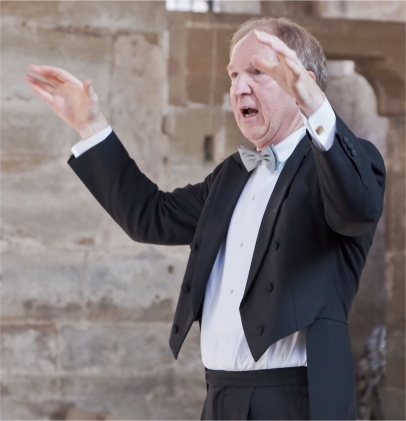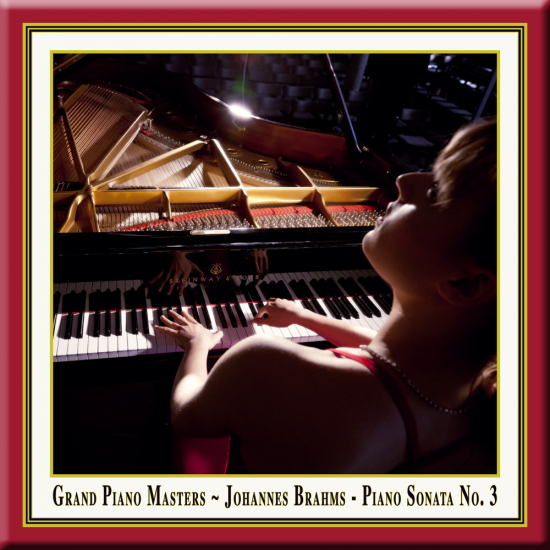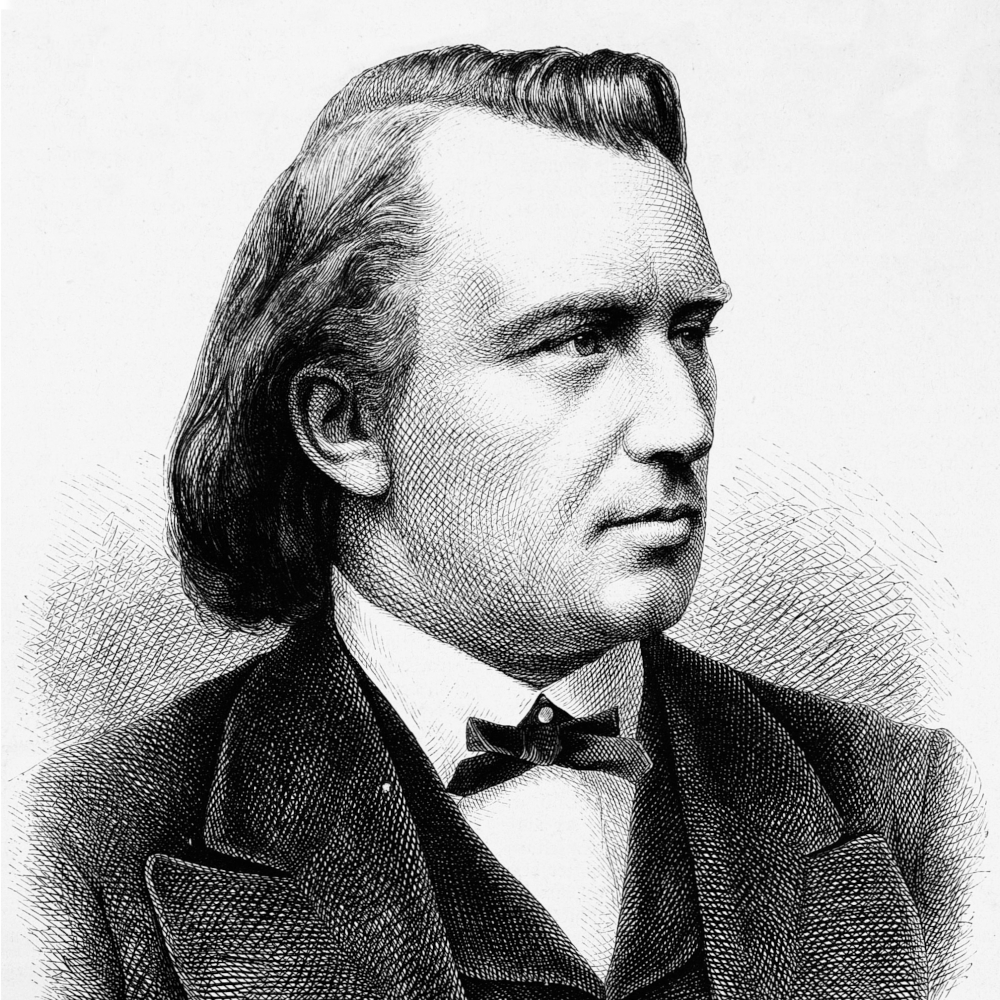
The Piano Concerto No. 21 in C Major, K. 467 "Elvira Madigan", by Wolfgang Amadeus Mozart (1756-1791)
The Piano Concerto No. 21 in C major, K. 467, was completed on 9 March 1785 by Wolfgang Amadeus Mozart, four weeks after the completion of the previous D minor concerto, K. 466. The second movement was featured in the 1967 Swedish film "Elvira Madigan". As a result, the piece has become widely known as the "Elvira Madigan concerto". Neil Diamond's 1972 song "Song Sung Blue" was based on a theme from the andante movement of the concerto. [From Wikipedia, the free encyclopedia]
The Piano Concerto No. 26 in D Major, K. 537 "Coronation", by Wolfgang Amadeus Mozart (1756-1791)
The Piano Concerto No. 26 in D major, K. 537, was written by Wolfgang Amadeus Mozart and completed on 24 February 1788. It is generally known as the "Coronation" concerto. The traditional name associated with this work is not Mozart's own, nor was the work written on the occasion for which posterity has named it. Mozart remarked in a letter to his wife in April 1789 that he had just performed this concerto at court. But the nickname "Coronation" is derived from his playing of the work at the time of the coronation of Leopold II as Holy Roman Emperor in October 1790 in Frankfurt am Main. At the same concert, Mozart also played the Piano Concerto No. 19, K. 459. We know this because when Johann André of Offenbach published the first editions of both concertos in 1794, he identified them on their title pages as being performed on the occasion of Leopold's coronation. Alan Tyson in his introduction to Dover Publications' facsimile of the autograph score (which today is at the Pierpont Morgan Library in New York) comments that "Although K. 459 has at times been called a 'Coronation' concerto, this title has nearly always been applied to K. 537". [From Wikipedia, the free encyclopedia]
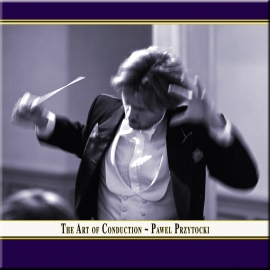
The Symphony No. 36 in C Major, K. 425 "Linz", by Wolfgang Amadeus Mozart (1756-1791)
The Symphony No. 36 in C major, K. 425, (known as the "Linz Symphony") was written by Wolfgang Amadeus Mozart during a stopover in the Austrian town of Linz on his and his wife's way back home to Vienna from Salzburg in late 1783. The entire symphony was written in four days to accommodate the local count's announcement, upon hearing of the Mozarts' arrival in Linz, of a concert. The première in Linz took place on 4 November 1783. The composition was also premièred in Vienna on 1 April 1784. The autograph score of the "Linz Symphony" was not preserved. [From Wikipedia, the free encyclopedia]

The concert: "The Art of Pan · Concert for Pan Flute & Organ"
The panflutist Ulrich Herkenhoff was born in 1966 in Osnabrueck, Germany. He had his first piano lesson at the age of six and, at 14, he first saw the pan flute in a concert given by the Rumanian, Gheorghe Zamfir. This inspired him to intensively study the instrument allowing him to eventually achieve the reputation as "the best non-Rumanian pan flute virtuoso". After studying the flute at the Richard Strauss Conservatory in Munich and subsequently the pan flute in an advanced class with Prof. Jochen Gaertner, Ulrich Herkenhoff rapidly become an internationally renowned soloist. He received special assistance from Georghe Zamfir's discoverer, the Swiss music ethnologist and publisher, Marcel Cellier, to study and promote Rumanian folklore. In 1990, he recorded his first CD of Rumanian improvisations with Cellier on the organ. With his interpretations of "classical" works, Ulrich Herkenhoff has inspired many contemporary composers to pen original compositions for the the pan flute. The Art of Pan is his ambitious project to see the pan flute established as a serious concert instrument. In 1992, he was honored with the Gastieg culture circle's recognition and, in 1996, with the Bavarian state's prize for young artists. In 2000, the German Phonographic Academy awarded him a much coveted Echo, the classic prize as soloist of the year. Herkenhoff has also become in demand for film music. Among the many films he has been involved with is the Oscar winning Lord of the Rings. His latest contribution was in 2004. in Budapest, performing Ennio Morricone's music for the film version of Imre Kertsz's book Fateless. Herkenhoff is also dedicated to the academic advancement of the pan flute, having published many works for the pan flute. He has made all the instruments he plays himself. Ulrich Herkenhoff has had a long term musical relationship with the organist and pianist, Matthias Keller. Born in 1956, Keller studied piano, church organ and music education at Munich's Music Conservatory. In addition to his artistic activities, he is also author and producer for various Radio networks (Bavaria, Hessen, North Germany etc.). As a music journalist he has been published in the Süddeutschen Zeitung, Fono Forum, Klassik Heute, Opernwelt, Münchner Abendzeitung and the Berner Zeitung. Keller teaches the History and Aesthetics of Film Music in the Munich Conservatory. Regular seminars and workshops for German television, the Goethe Institute and others have led him to such exotic places as Ghana. His personal contacts to such leading film composers as Angelo Badalamenti, John Barry, Bruce Broughton, Patrick Doyle, Elliot Goldenthal, James Newton, Howard Shore, David Raksin, Ennio Morricone, Laurence Rosenthal, Enjott Schneider, Hans Zimmer, Don Davis, John Debney, Mark Mancina, among others, has enabled him to become the best informed journalist in this area. He also has a broad knowledge in vocal, crossover and improvisational music as well as piano and organ literature. Matthias Keller is editor of the contemporary composer lexicon and jury member for the German record critics' film music prize. As of April 2000, he is a producer for Bavarian radio's classic program. Just to round off the spectrum of his musical activities, he is also an arranger and composer.
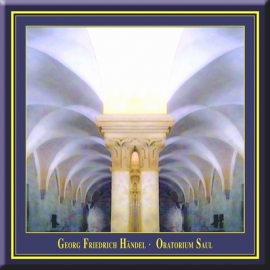
Saul by George Frideric Handel (1685-1759)
In July 1738 Handel began to compose the monumental and heroic story of "Saul". The libretto had been put together by Charles Jennens, a very wealthy literary dilettante with many pretensions, but some talent. He played to Handel's strengths, and gave the composer many dramatic opportunities in the libretto. Handel had a difficult time finishing this oratorio, interrupting it to compose the opera Imeneo. The story of David and Saul has always been a popular one, and on the English stage it is represented by a magnificent operatic scena by Henry Purcell. The tragedy of Saul is stark, and concerns his derangement, his moral failings, and his heroism. The drama is given a spiritual and magical element with the Witch of Endor and the ghost of Samuel as intermediaries into the next world. The dramatic chorus, again used as a chorus might be used in a classic Greek tragedy, moves the drama along, creates the moods, and influences the action. It is a chorus of Saul's people, who are heavily involved in his fate, and in the results of his actions. Handel composed for bass voice, tenor, and countertenor, and refrained from introducing into the score a virtuosic castrato as was common in his day. The somberness of the story required natural male voices whose depth adds to the gravity and weight of the outcome. The tragedy of Saul is filled with high drama, and although the chorus again proves the flexibility of the oratorio form, the characterizations and solo music are filled with passion, and vigor.
The first part opens with the first scene in the Israelitish camp, where the people join in a song of Triumph over Goliath and the Philistines. It is made up of a chorus ("How excellent Thy Name, O Lord!"), which is a stirring tribute of praise; an aria ("An Infant raised by Thy Command"), describing the meeting of David and Goliath; a trio, in which the giant is pictured as the "monster atheist," striding along to the vigorous and expressive music; and three closing choruses ("The Youth inspired by Thee"), ("How excellent Thy Name"), and a jubilant ("Hallelujah"), ending in plain but massive harmony. The second scene is in Saul's tent. Two bars of recitative prelude an aria by Michal, Saul's daughter, who reveals her love for David ("O god-like Youth!"). Abner presents David to Saul, and a dialogue ensues between them, in which the conqueror announces his origin, and Saul pleads with him to remain, offering the hand of his daughter Merab as an inducement. David, whose part is sung by a contralto, replies in a beautiful aria, in which he attributes his success to the help of the Lord alone. In the next four numbers the friendship of Jonathan and David is cemented, which is followed by a three-verse hymn ("While yet Thy Tide of Blood runs high") of a stately character, sung by the High Priest. In a few bars of recitative Saul betroths his daughter Merab to David; but the girl replies in a vigorous aria ("My Soul rejects the Thought with Scorn"), in which she declares her intention of frustrating the scheme to unite a plebeian with the royal line. It is followed by a plaintive but vigorous aria ("See with what a scornful Air"), sung by Michal, who again gives expression to her love for David. The next scene is entitled "Before an Israelitish City," and is prefaced with a short symphony of a jubilant character. A brief recitative introduces the maidens of the land singing and dancing in praise of the victor, leading up to one of Handel's finest choruses ("Welcome, welcome, mighty King") -- a fresh, a vigorous semi-chorus accompanied by the carillons, in which Saul's jealousy is aroused by the superiority of prowess attributed to David. It is followed by a furious aria ("With Rage I shall burst, his Praises to hear"). Jonathan laments the imprudence of the women in making comparisons, and Michal suggests to David that it is an old malady which may be assuaged by music, and in an aria ("Fell Rage and black Despair") expresses her belief that the monarch can be cured by David's persuasive lyre." The next scene is in the King's house. David sings an aria ("O Lord whose Mercies numberless"), followed by a harp solo; but in vain. Jonathan is in despair, and Saul, in an aria ("A Serpent in my Bosom warmed"), gives vent to his fury and hurls his javelin at David. The latter escapes; and in furious recitative Saul charges his son to destroy him. The next number is an aria of Merab ("Capricious Man, in Humor lost"), lamenting Saul's temper; and Jonathan follows with a dramatic recitative and aria, in which he refuses to obey his father's behest. The High Priest appeals to Heaven ("O Lord, whose Providence") to protect David, and the first part closes with a powerful chorus ("Preserve him for the Glory of Thy Name").
The second part is laid in the place, and opens with a powerfully descriptive chorus ("Envy, eldest-born of Hell!"). In the noble song ("But sooner Jordan's Stream, I swear") Jonathan assures David he will never injure him. In a colloquy between them David is informed that Saul has bestowed the hand of the haughty Merab on Adriel, and Jonathan pleads the cause of the lovely Michal. Saul approaches, and David retires. Saul inquires of Jonathan whether he has obeyed his commands, and in a simple sweet, and flowing melody ("Sin not, O King, against the Youth") he seems to overcome the wrath of the monarch, who dissembles and welcomes David, bidding him to repel to the insults of the Philistines, and offering him his daughter Michal as a proof of his sincerity. In the second scene Michal declares her love for David, and they join in a raptorous duet ("O fairest of ten thousand fair"), which is followed by a chorus in simple harmony ("Is there a Man who all his Ways"). A long symphony follows, preparing the way for the attempt on David's Life. After an agitated duet with Michal ("At Persecution I can laugh"), David makes his escape just as Doeg, the messenger, enters with instructions to bring David to the King's chamber. He is shown the image in David's bed, which he says will only enrage the King still more. Michal sings an exultant aria ("No, let the Guilty tremble"), and even Merab, won over by David's qualities, pleads for him in a beautiful aria ("Author of Peace"). Another symphony intervenes, preluding the celebration of the feast of the new moon in the place, to which David has been invited. Jonathan again interposes with an effort to save David's life, whereupon Saul, in a fresh outburst of indignation, hurls his javelin at his son, and the chorus bursts out in horror ("Oh, fatal Consequence of Rage!").
The third part opens with the intensely dramatic scene with the Witch of Endor, the interview being preluded by the powerful recitative ("Wretch that I am!"). The second scene is laid in the Witch's abode, where the incantation is practised that brings up the apparition of Samuel. This scene closes with an elegy foreboding the coming tragedy. The third scene opens with the interview between David and the Amalekite who brings the tidings of the death of Saul and Jonathan. It is followed by that magnificent dirge, the "Dead March," whose simply yet solemn and majestic strains are familiar to every one. The trumpets and trombones with their sonorous pomp and the wailing oboes and clarinets make an instrumental pageant which is the very apotheosis of grief. The effect of the march is all the more remarkable when it is considered that, in contradistinction to all other dirges, it is written in the major key. The chorus ("Mourn, Israel, mourn thy Beauty lost"), and the three arias of lament sung by David, which follow, are all characterized by feelings of the deepest gloom. A short chorus ("Eagles were not so swift as they") follows, and then David gives voice to his lament over Jonathan in an aria of exquisite tenderness ("In sweetest Harmony they lived"), at the close of which he joins with the chorus in an obligato of sorrowful grandeur ("Oh, fatal Day, how long the Mighty Lie!"). In an exultant strain Abner bids the "men of Judah weep no more," and the animated martial chorus ("Gird on thy Sword, thou Man of Might") closes this great dramatic oratorio.
This live recording of "Saul" is part of a cycle of oratorios and masses, performed in the basilica of Maulbronn Abbey under the direction of Jürgen Budday. The series combines authentically performed oratorios and masses with the optimal acoustics and atmosphere of this unique monastic church. This ideal location demands the transparency of playing and the interpretive unveiling of the rhetoric intimations of the composition, which is especially aided by the historically informed performance. The music is exclusively performed on reconstructed historical instruments, which are tuned to the pitch customary in the composer's lifetimes (this performance is tuned in a' = 415 Hz).
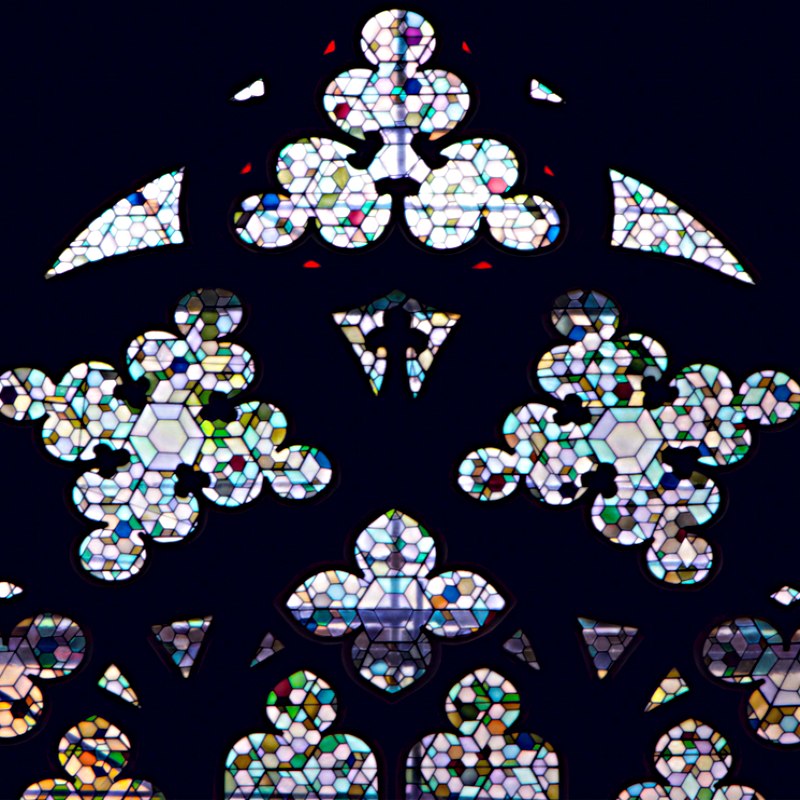
 Publishing Authentic Classical Concerts entails for us capturing and recording outstanding performances and concerts for posterity. The performers, audience, opus and room enter into an intimate dialogue that in its form and expression, its atmosphere, is unique and unrepeatable. It is our aim, the philosophy of our house, to enable the listener to acutely experience every facet of this symbiosis, the intensity of the performance, so we record the concerts in direct 2-Track Stereo digital HD. The results are unparalleled interpretations of musical and literary works, simply - audiophile snapshots of permanent value. Flourishing culture, enthralling the audience and last but not least also you the listener, are the values we endeavor to document in our editions and series.
Publishing Authentic Classical Concerts entails for us capturing and recording outstanding performances and concerts for posterity. The performers, audience, opus and room enter into an intimate dialogue that in its form and expression, its atmosphere, is unique and unrepeatable. It is our aim, the philosophy of our house, to enable the listener to acutely experience every facet of this symbiosis, the intensity of the performance, so we record the concerts in direct 2-Track Stereo digital HD. The results are unparalleled interpretations of musical and literary works, simply - audiophile snapshots of permanent value. Flourishing culture, enthralling the audience and last but not least also you the listener, are the values we endeavor to document in our editions and series.
